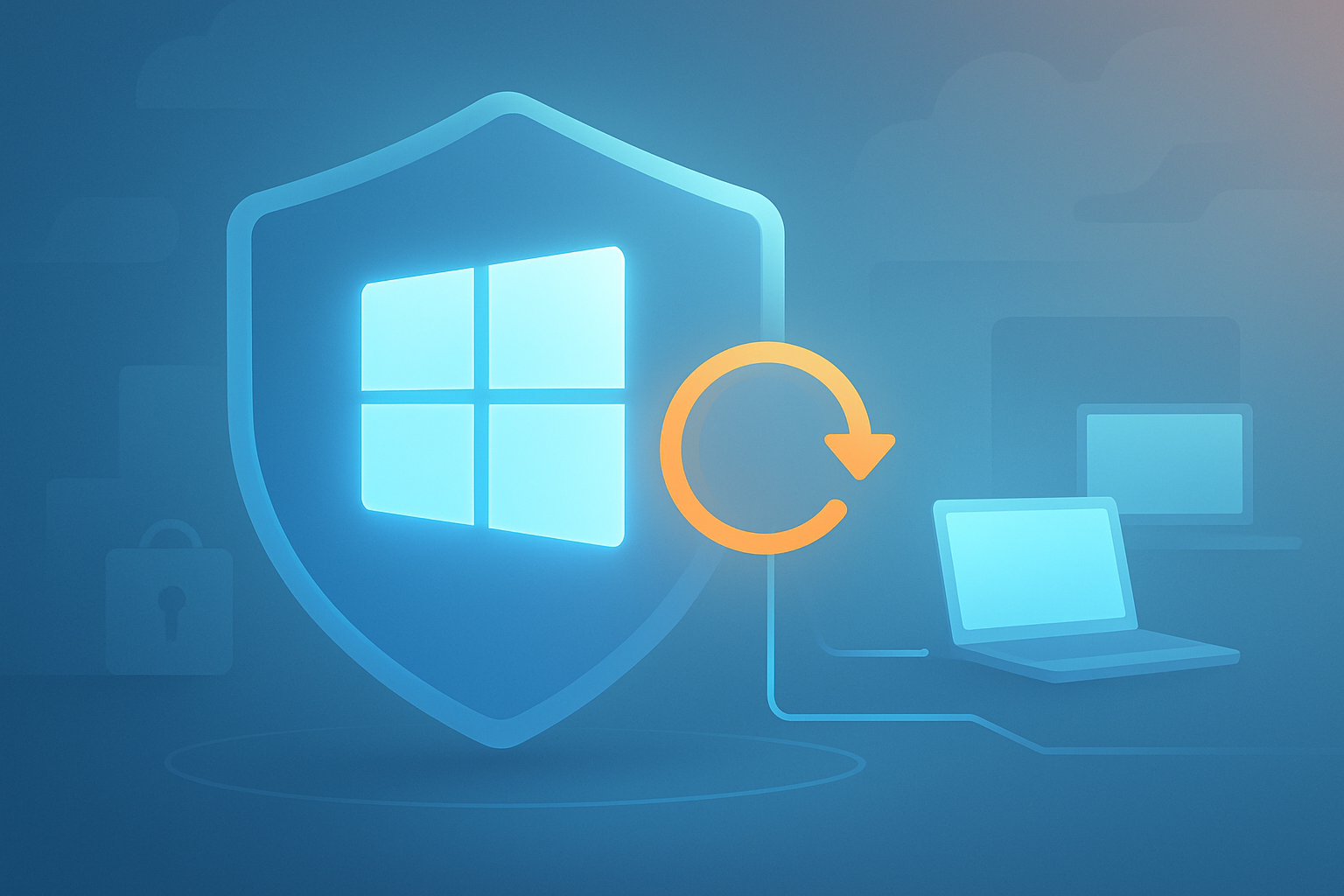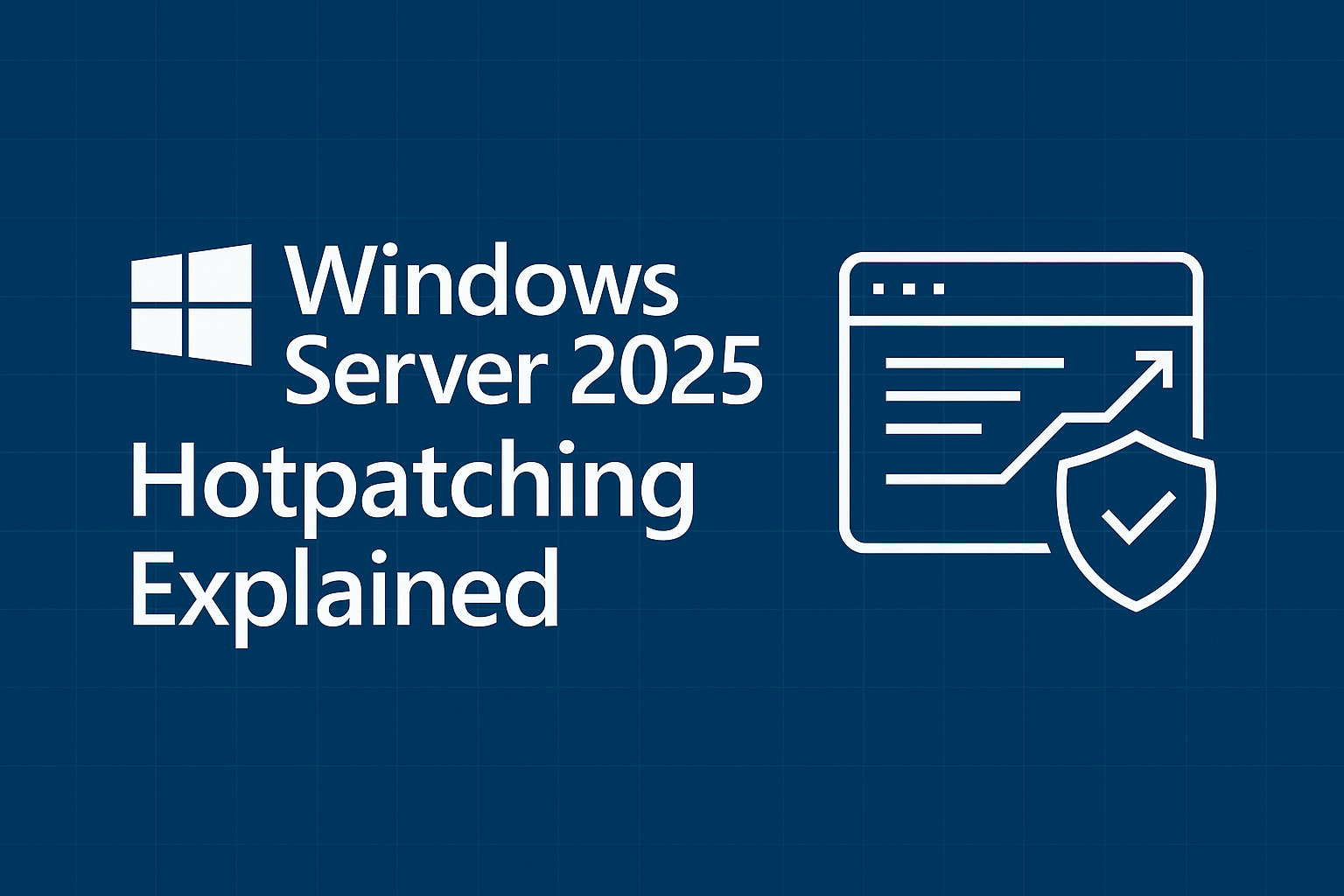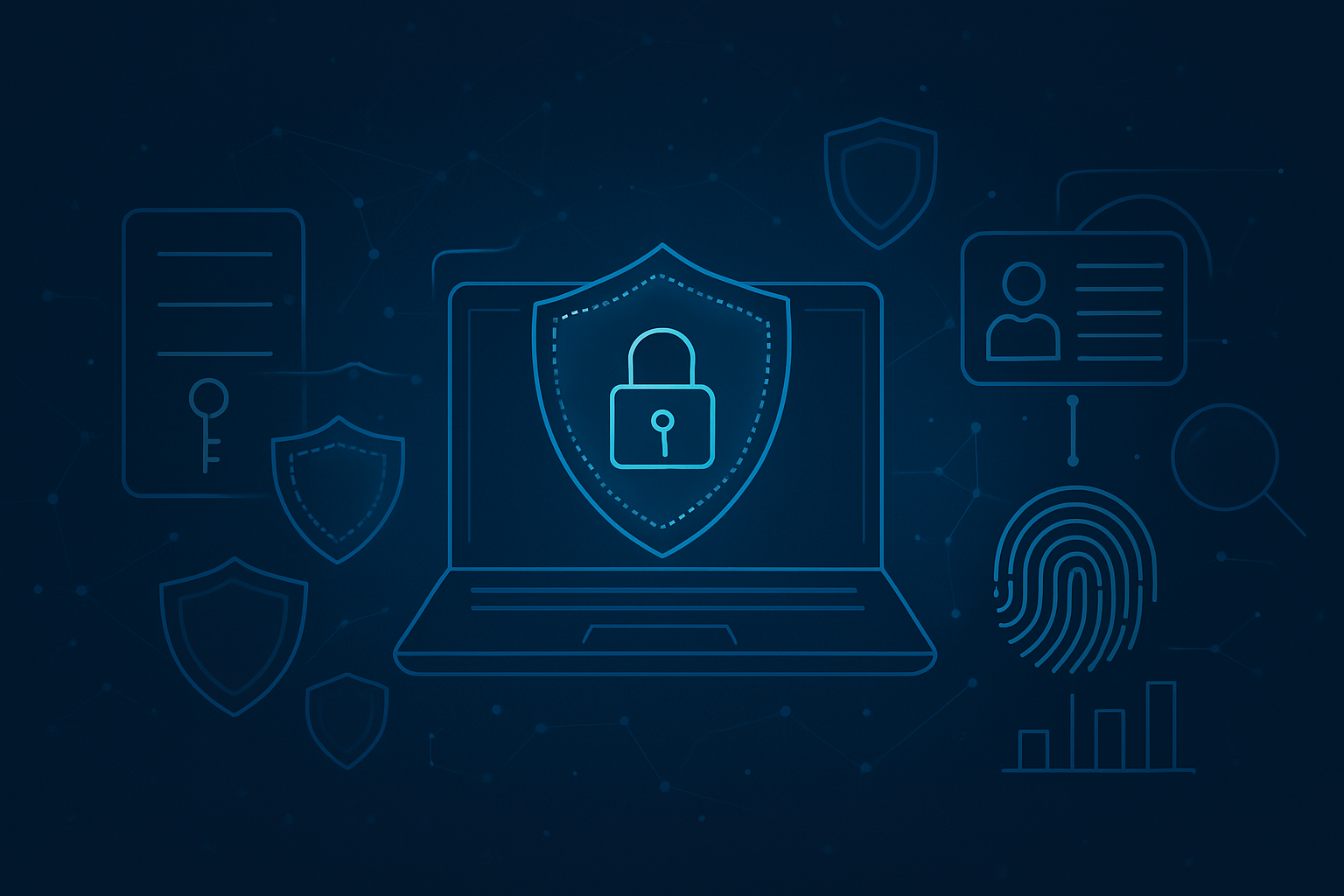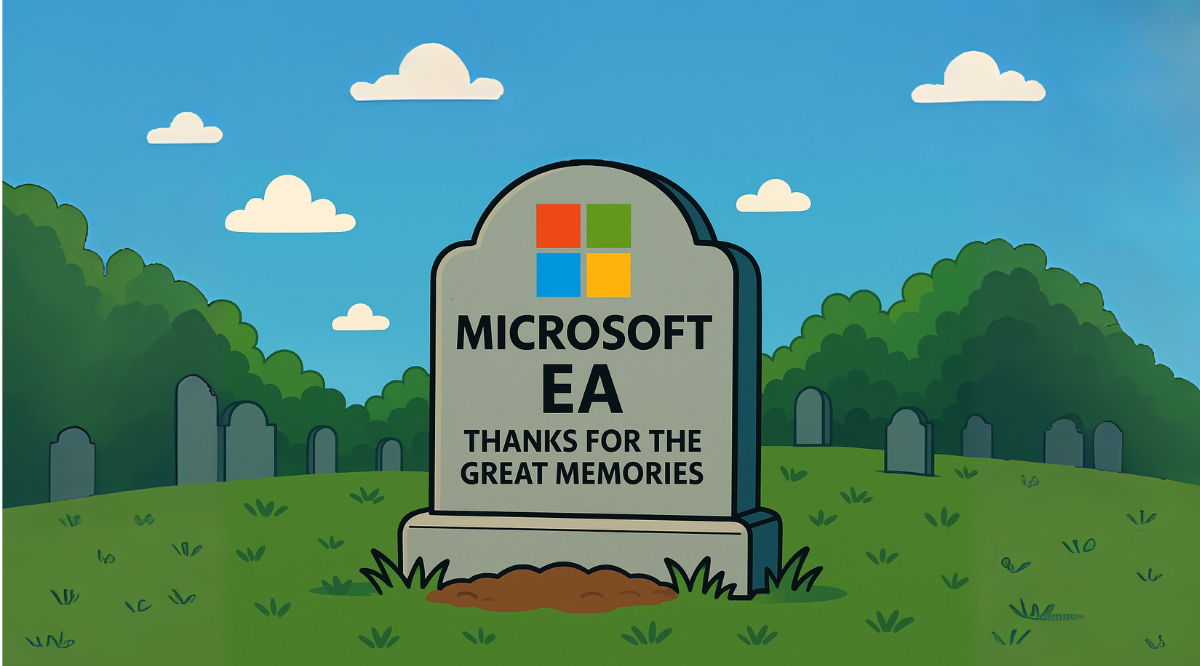Windows Server 2025 Hotpatching Explained: Benefits, Availability, and Pricing
Microsoft’s introduction of hotpatching for Windows Server 2025 promises to transform how IT leaders manage security updates, minimizing downtime by...
2 min read
Dave Rowe Jul 17, 2025 12:11:41 PM

Microsoft just made life a little easier for IT leaders.
As of version 24H2, hotpatching is now available for Windows 11 Enterprise clients, allowing IT teams to apply security updates without forcing users to reboot. This change, long-awaited by many enterprise environments, brings the benefits of server-class update behavior to the client OS—reducing disruptions, increasing uptime, and improving user experience across the board.
At CloudServus, we’re already helping organizations understand how this update fits into their endpoint strategy—and more importantly, how their current licensing may (or may not) make them eligible.
Windows hotpatching allows you to apply security updates without restarting the machine, minimizing user disruption. While hotpatching has been available in Windows Server Azure Edition for some time, this marks the first time it's available on Windows 11 Enterprise client devices.
According to the official Windows IT Pro Blog, the hotpatching functionality for Windows 11 24H2 (x64 only) includes:
This brings a server-grade update experience to end-user devices—particularly valuable for frontline workers, field staff, or environments where downtime translates to lost productivity.
Not everyone.
To take advantage of hotpatching on Windows 11 Enterprise, your devices must meet these requirements:
Organizations relying on Windows 11 Pro or Business editions won’t have access to this feature. This makes understanding your licensing more important than ever—especially for companies with a mixed estate of SKUs.
CloudServus offers a full Microsoft Licensing Assessment to help identify where feature gaps exist and ensure your environment aligns with both security goals and user experience expectations.
This is more than a quality-of-life improvement. It's a shift in how enterprise IT teams can approach update management at scale.
Less downtime = higher productivity
Teams no longer need to stop what they're doing to install updates or reboot. That means fewer support tickets, less end-user frustration, and better patching compliance.
Better compliance without heavy-handed enforcement
Hotpatching ensures updates are applied promptly without having to force restarts through Group Policy or Configuration Manager.
Smarter use of IT resources
Hotpatching can reduce time spent coordinating after-hours patch cycles or managing exceptions for critical systems.
Before enabling hotpatching across your estate, we recommend reviewing the following:
Microsoft continues to evolve feature availability around licensing tiers—making it critical to stay ahead of what you’re paying for and what you’re missing out on.
At CloudServus, we help organizations:
📞 Schedule a Microsoft Licensing Assessment
Let’s make sure your Windows licensing works as hard as your IT team does.

Microsoft’s introduction of hotpatching for Windows Server 2025 promises to transform how IT leaders manage security updates, minimizing downtime by...

Cybersecurity threats are surging, with Microsoft reporting 600 million daily attacks targeting its platforms, from phishing to ransomware. For IT...

Microsoft has announced a major change to its commercial pricing strategy that will significantly impact how organizations purchase Microsoft Online...